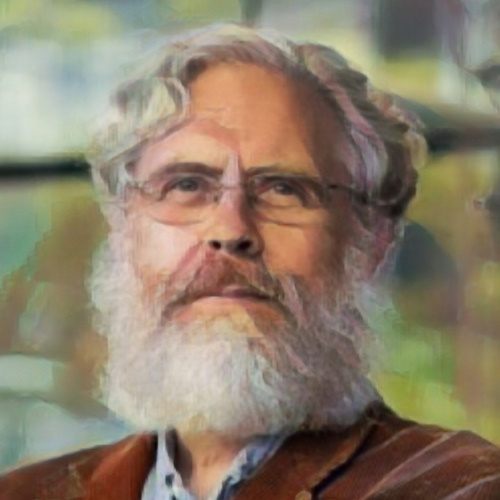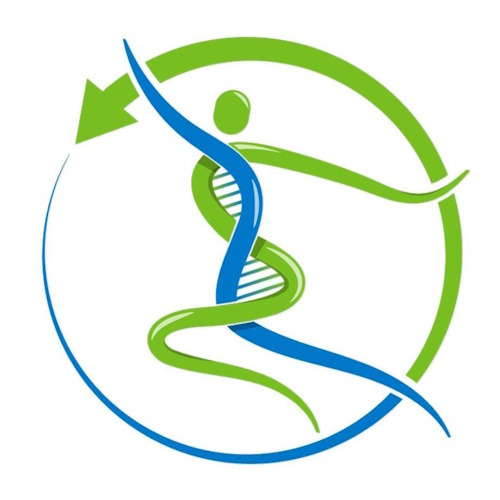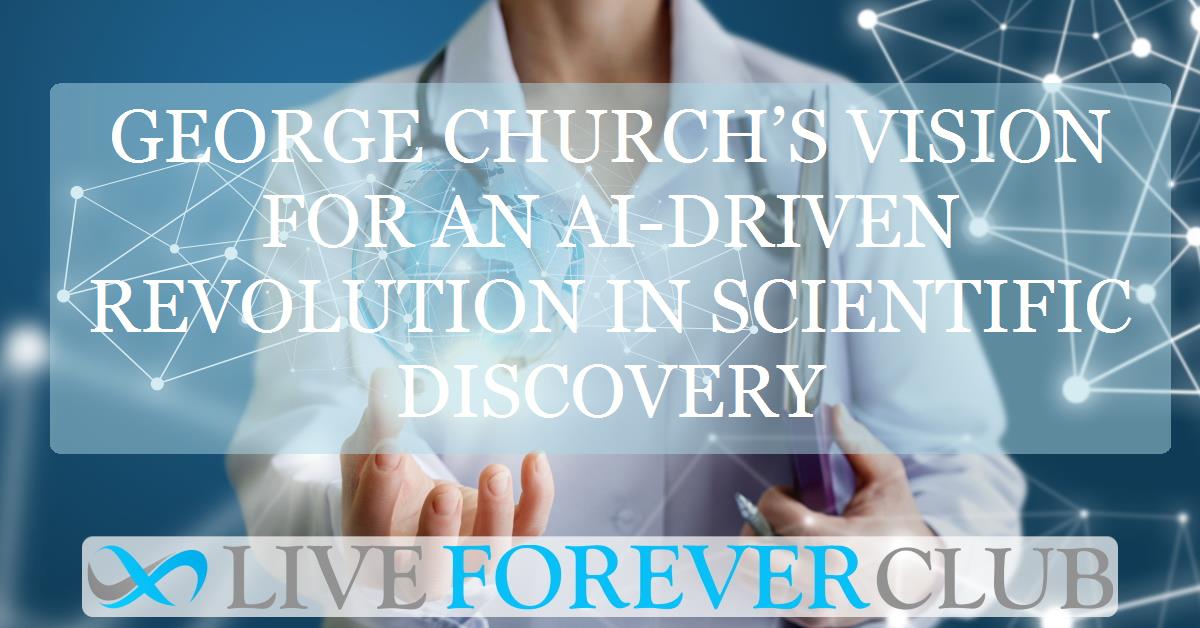Key points from article :
George Church, one of the world’s most influential geneticists and a prolific biotech founder, is pouring unusual energy into a new venture: Lila Sciences. Founded in 2023, the company aims to build what it calls a “scientific superintelligence”—not a general AI, but a tightly focused system that uses advanced language models, specialised scientific models, and vast robotic labs to generate and test hypotheses at unprecedented speed. Lila has already raised $550 million and is valued at $1.3 billion, giving it the scale to pursue this ambitious vision.
Unlike most AI-in-science efforts that rely on scraping published literature, Lila’s core strategy is to generate enormous volumes of new, proprietary data. Church argues that fresh, high-quality experimental datasets—especially those created through high-throughput robotic systems—allow AI to avoid the limitations of “poorly configured ancient history” and instead learn directly from maximally informative experiments. This includes building vast DNA, protein, and viral libraries and testing them in complex biological systems, from cell types to live primates, to uncover patterns impossible to simulate computationally.
Church emphasises that Lila approaches “scientific superintelligence” responsibly by keeping its scope narrow, focusing on empirical discovery rather than open-ended reasoning about humanity. For him, interpretability is essential: in science, the most powerful advances come from models rooted in clear mechanisms rather than opaque black boxes. He sees future scientific AI not as a replacement for researchers but as part of a hybrid human–machine system—one where both AI and biotechnology advance exponentially and may ultimately converge.
Looking ahead, Church predicts that AI and high-throughput experimentation will accelerate the design of proteins, therapies, and potentially age-reversal strategies. With clinical trial timelines shrinking, exponential improvement in biological tools, and increasingly integrated AI-guided experimentation, he believes that many age-related diseases—and even diseases of poverty—could be solved within the next two decades.








